| Price Per Person || Select By Date to 30-09-2025 |
| No of Person | 3 Star |
| Minimum 2 Adults | 35000 |
This Price Valid From 01-11-2024 To 30-09-2025
| No of Person | Economy |
This Price Valid From 01-01-1970 To 01-01-1970
| Hotel Details | |||||
| City Name | Economy | ||||
| Kathmandu | The Dwarika's Hotel Web | Trip Advisor |
||||
| Pokhara | The Pavilions Himalayas Web | Trip Advisor |
||||
Cost Includes
- 02 Nights Accommodation at respective hotel in Kathmandu
- Daily breakfast at the hotel
- Airport / Hotel / Airport transfers by a non A/C vehicle exclusively
- Sightseeing as per the itinerary by a non A/C vehicle exclusively
- Applicable taxes
Cost Excludes
- Services other than specified
- Entrance fee at the monumental sites during the sightseeing
- Guide during the sightseeing
- Any expenses of personal nature such as drinks, laundry, telephone/fax calls
- Any expenses caused by reasons beyond our control such as flight delays, rescheduling or cancellations, any accidents, medical evacuations, riots, strikes, etc
- Any tips to drivers, hotel staff, any meals apart from the ones mentioned above
- Any other tax or service charge that could be enforced during this period will be extra & need to borne by you
Important Points
Hand-phone SIM card:
- Upon arrival in Kathmandu at the International Airport better known as “Tribhuwan International Airport”. After collecting your baggage there are Two Telephone companies known as “NCell & NTC ( Nepal Telecommunication). They have a Stall each. One Passport size photo and a copy of the passport will be required. One can purchase a Sim. Activation time is 10 mins on an average. Cost is Inr 150 per Sim whichcan be topped off as per requirement. It will be a 3G card. We are not in a position to take out the Sim in advance. Above is subject to change as per the Telecommunication Regulations.
- Lastly the old Indian Currency of Inr 500 and 1000 are no more a legal tender currency in Nepal. The New Indian 500 as well as the 2000 denominations are also not valid. The Indian 100 or below notes are valid.
Passport Information
- A valid Indian passport or an election Id is the only valid document for adults ( 18 yrs & above) for travel to Kathmandu by air. For children below the age of 18 years the school or college id suffices. The id should clearly reflect the traveller’s picture, school or college name, date of birth as well as the class in which the student is studying. Request that this be checked with Indian Immigration authorities at your end too. This information stands good while writing this mail. Do update yourself for any changes. This information is correct as of today and cannot be held liable just in case anyone is not allowed to board or the Govt of India changes the regulations.
1
Day 1 : Kathmandu
Meeting at airport upon arrival by Office Personnel. Transfer to hotel. Kathmandu is the capital of Nepal and the Kathmandu Valley is the political and cultural heart of the Kingdom. The urban sprawl that makes up modern Kathmandu is in fact two cities, Patan and Kathmandu.
After short relaxation at the hotel, visit one of the Hindu culture in Nepal, Pashupatinath. This is the place where holy saddhus pray. The Pashupatinath Temple is a famous, sacred Hindu temple dedicated to Pashupatinath and is located on the banks of the Bagmati River 5 kilometres north-east of Kathmandu Valley in the eastern city of Kathmandu the capital of Nepal. This temple is considered one of the sacred temples of Hindu faith .The temple serves as the seat of the national deity, Lord Pashupatinath. This temple complex is on UNESCO World Heritage Sitess list Since 1979. Thisextensive Hindu temple precinct is a sprawling collection of temples, ashrams, images and inscriptions raised over the centuries along the banks of the sacred Bagmati river.
2
Day 2 : Kathmandu / Pokhara
Drive to Pokhara. Pokhara is 210 kms from Kathmandu and is a 7 hours drive approx. From Pokhara town (2,352 feet) in good weather there are splendid views right from the hotel. On the way you have an option of doing the river rafting or visit the Manakamna Temple “ Goddess of Fulfilling Wishes” where you are taken by a cable ride of 10 mins.
Overnight at hotel.
3
Day 3 : Pokhara
This morning you will go for a excursion trip to Sarangkot. Sarangkot is the most popular tourist destination from where the tourists can enjoy the great view of the Pokhara Valley and the magnificent view of the Himalayas. Sarangkot is only 13 kms from Lake Side, Pokhara. It is the highest view point for a sunrise at an altitude of 1592mtsh. It is cooler than Pokhara. Ccan be reached easily within 45 to 60 minutes by a vehiclefrom Pokhara. Many tourists come to Sarangkot for sunrise. Paragliding can also be done from Sarangkot. From Sarangkot, on the northern direction we can see Dhaulagiri in the far west. Annapurna range is visible when the weather is clear on the same side. On the southern direction the village overlooks the city of Pokhara and its lake on the north-western outskirts of the city.
This afternoon you will visit Bindebasini Temple. This is one of the oldest temples in Pokhara was a part of Kaski Kingdom, the main deity of the temple,Goddess Durga, was brought from India . Apart from the peace and tranquility that can be felt in this region, the premises of the temple offers a good view of the Himalaya on a clear day. The temple is in the area of the bazaar, hence,a journey of the old bazaar can be combined with a visit to the temple. Sightseeing to Devi’s fall, also known as Patale Chango is an awesome waterfall lying 2 km southwest of Pokhara. During summer and rainy season, the waterfall takes its real form, with gushing water splashing and making its way through the rocks. Just opposite of Devi’s fall, on the other side of the road, there is Gupteshwor Cave. This cave is popular for the different natural forms made from limestone deposits. Photography is strictly prohibited inside the cave.
Overnight at hotel.
4
Day 4 : Pokhara / Kathmandu
Retracing the same path, drive back to Kathmandu and transfer to Hotel. Rest day at leisure. One can indulge in shopping or visit the casinos trying their lady luck.
Overnight at hotel.
5
Day 5 : Kathmandu / Airport
This morning your tour will take you for a visit to Patan. Also known as Lalitpur , the city of beauty is separated from Kathmandu only by the Bagmati River and is the second largest town in the valley. Lalitpur is fragmented from other cities due to its substantive architectural ancient masterpieces. Patans central Durbar Square is absolutely packed with temples: Its an architectural center point with a far greater concentration of temples per sq. meter than in Kathamandu or Bhaktapur. Within the city also lies the Tibetan refugee center, home to most of the valleys Tibetan population. While technically refugees, the Tibetans are some of the wealthiest people in the valley because of the carpet industry they operate. For those looking to bring home a fine Tibetan carpet, this is the place to shop. You will then go to Swayambhunath the golden spire of the 5th-century Swayambhu stupa is adorned with a colorful fluttering of prayer flags; it crowns a hill overlooking the Kathmandu Valley and offers fantastic views over the city of Kathmandu. Swayambhunath is one of the most recognizable symbols in Nepal and the painted eyes of Buddha watch all who ascend the worn stone steps.
Later, you will be transferred to the airport in time to board your flight for onward journey

Kathmadu
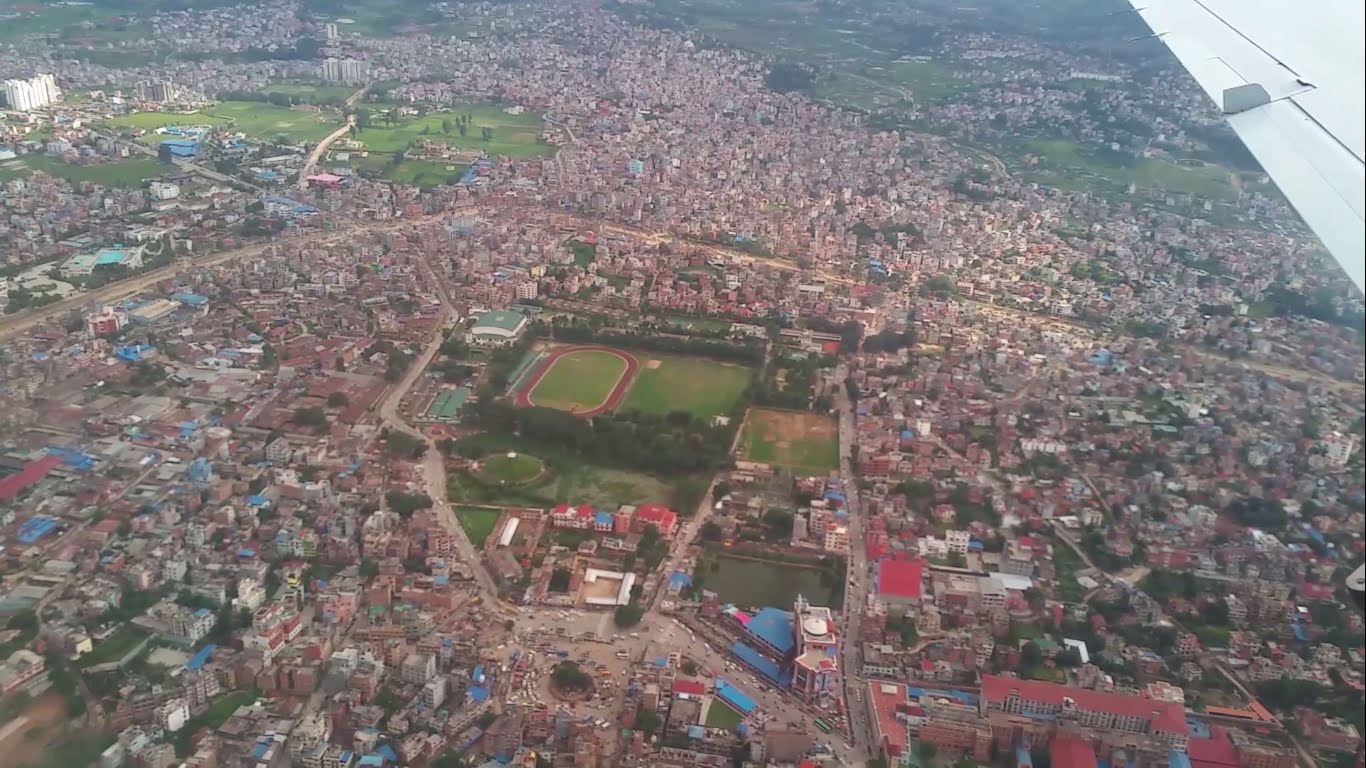
Kathmandu Valley
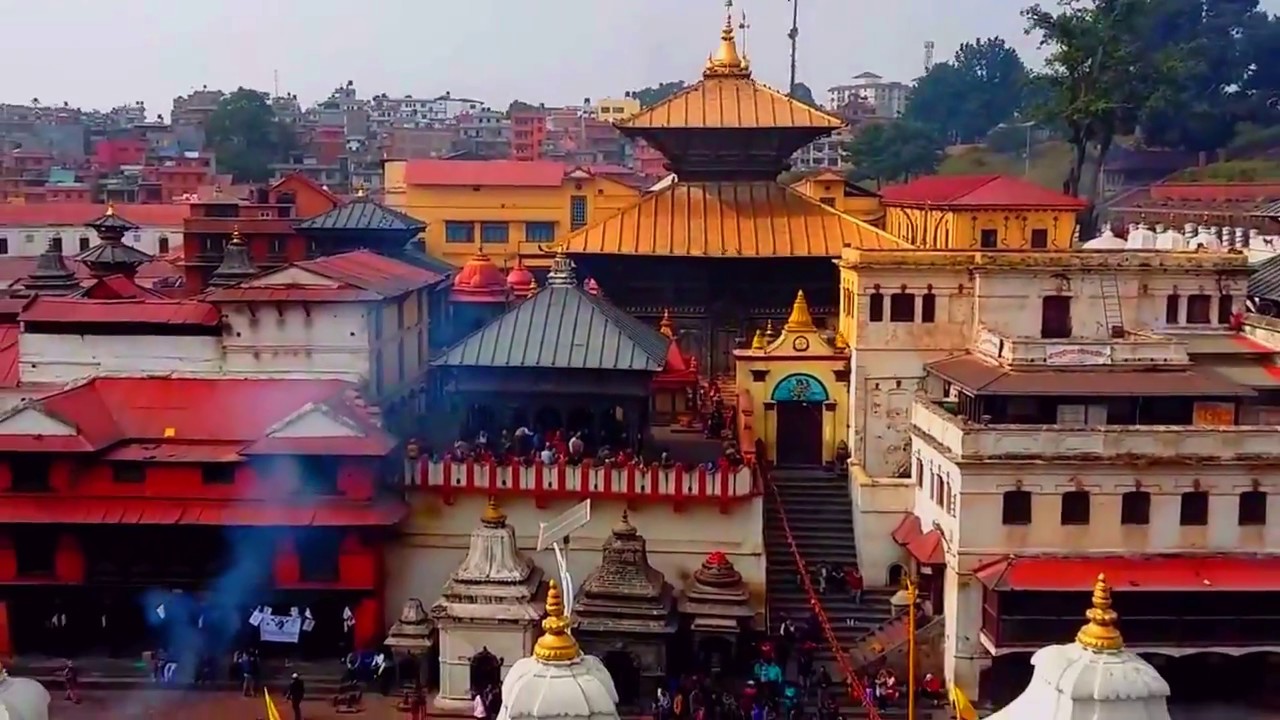
Pashupatinath Temple
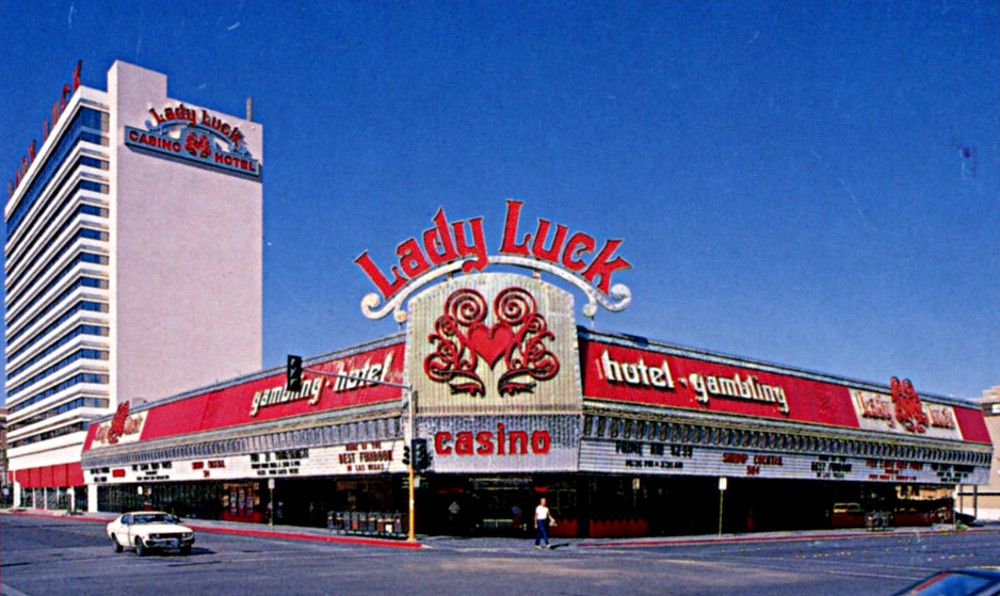
lady luck
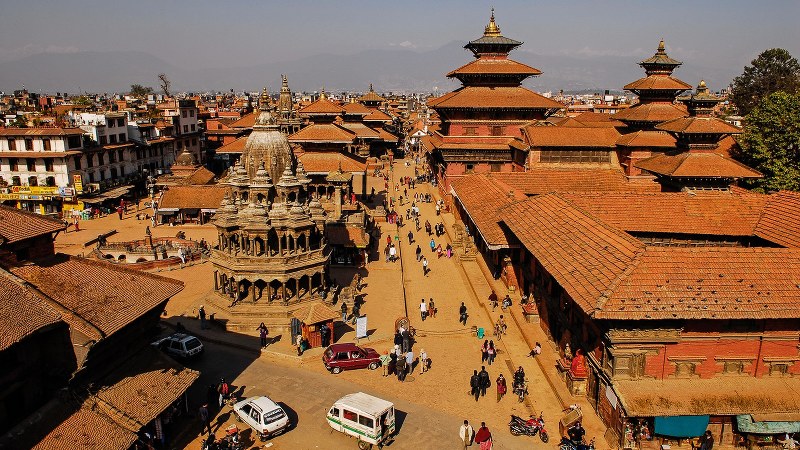
Patan

Kathmandu Valley
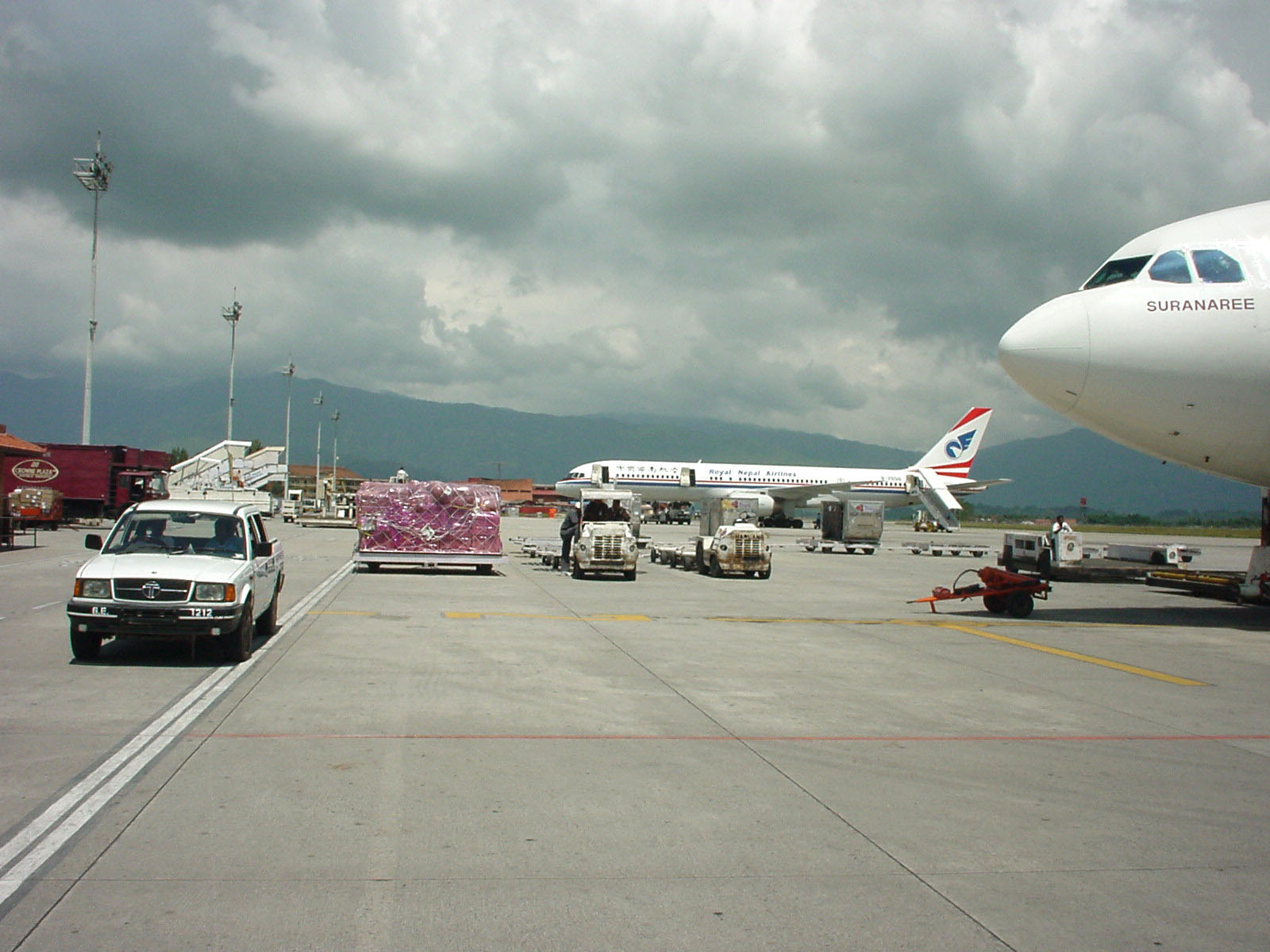
Kathmandu Valley
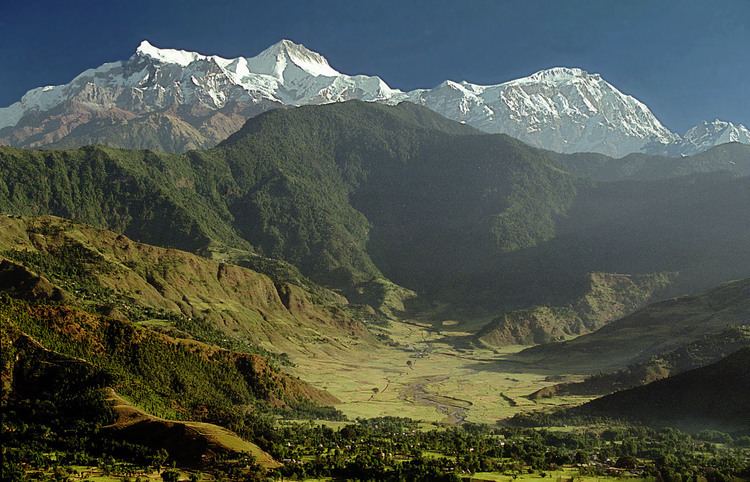
Pokhara Valley
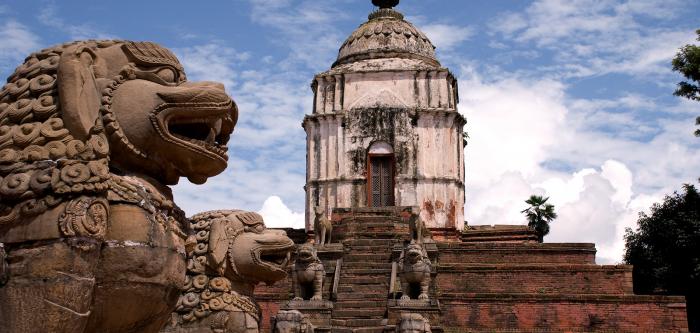
Bindebasini Temple
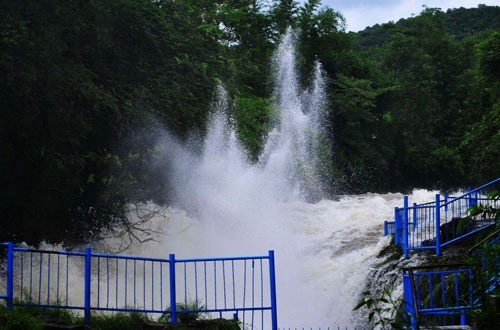
Devi’s fall
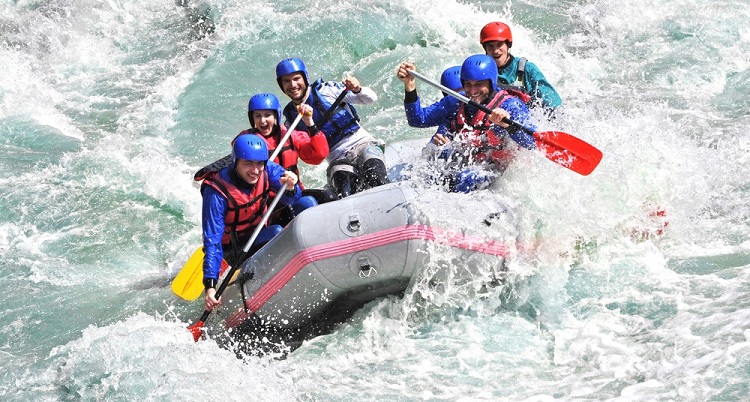
River Rafting
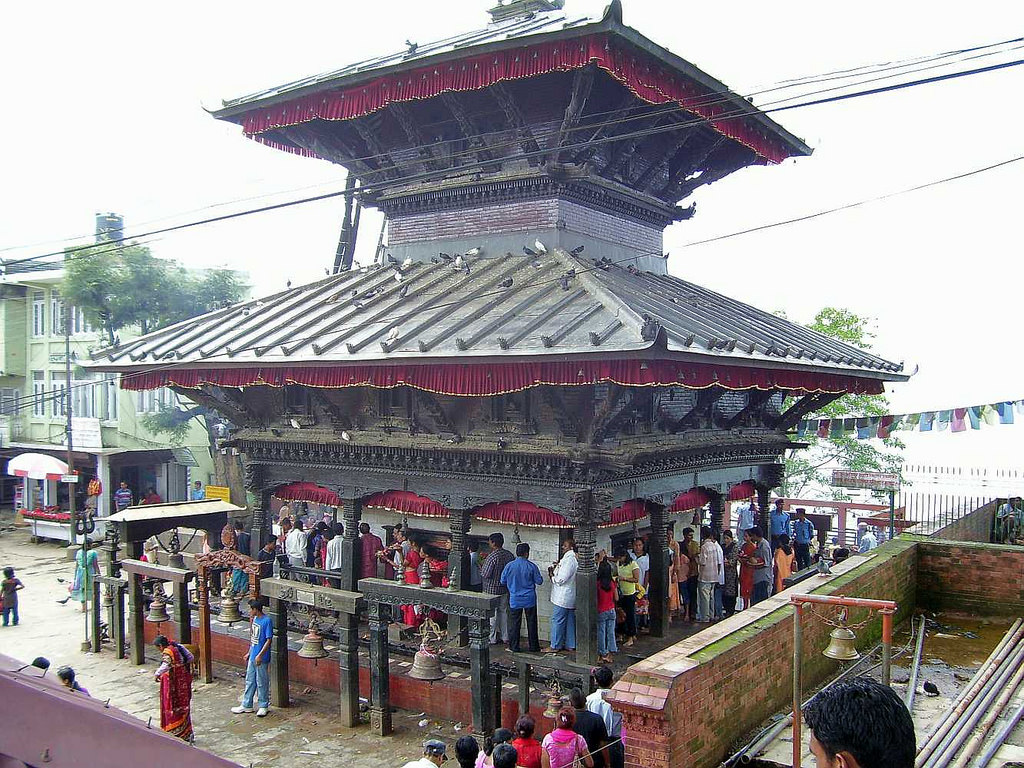
Manakamna Temple
Glimpses of Nepal
| Package Code: NHI150 |
| 4 Nights / 5 Days |
| Holiday Type International Holiday, Pilgrim, Cultural |
| Cities : 2 Kathmandu, 2 Pokhara |
Send Friend
Enquire Now
JANUARY
The average temperatures during the day generally reach highs of 7°C (45°F) where as the nights are very cold as the temperature drops dramatically. The average minimum temperatures during the night generally hit lows of 3°C (40°F).
It is essential that you pack warm clothes for the night whilst you are in Kathmandu.
Kathmandu also experiences fogs in the early morning; sometimes these foggy conditions can last until mid day.
January also happens to be the driest month in the whole year.
Kathmandu is not that cold during the day, however it gets chilly during the nights.
It will be advisable to carry enough warm clothing and to look for hotels with heating facilities.
You will also have to make sure that the hotel has a back up generator, as Kathmandu electricity board has load-shedding timetable everyday due to the shortage of electricity.
It does not generally snow in Kathmandu and there are quite a few tourists around during January as well.
There are a few sunny, clear and bright days; however visibility can be a problem due to the fog and cloudy weather.
FEBRUARY
The temperatures in February are very similar to those in the month of January.
The average temperature during the day tends to be around 8°C (49°F) whereas the nights are very cold, and the mercury dips down to the freezing zone of 0°C (32°F). In February you can expect to enjoy sunshine for 5 to 7 hours a day.
It is advisable to carry enough warm clothing and book into a hotel with heating facilities.
Also make sure that the hotel has a good back up generator, as Nepal electricity board carries out load-shedding due to the shortage of electricity.
Sometimes electric supply can be cut off for as long as 5 to 8 Hours.
The month of February also experiences less visibility as the weather is cloudy and foggy.
Most of the time the mountains are covered by cloud or fog and cannot be seen. However you can still get a few clear and sunny spells throughout the month.
MARCH
Kathmandu experiences warm and sunny days throughout March. You can experience a good amount of sunshine, about 8 to 9 hours a day.
The average daytime temperature generally hovers around a pleasant 26°C (79°F) whereas the average minimum temperatures generally drop down to 5°C (41°F).
The nights can get very chilly, so it is advisable to carry some warm clothing and also make arrangements for a heater in the hotel.
APRIL
The average daytime temperatures are around 30°C (86°F) whereas the average minimum temperatures are about 12°C (54°C).
However some nights can be quite cold comparatively, even dipping to freezing temperatures, so make sure you have enough warm clothes packed to protect you.
April is sunny and dry most of the time.
MAY
This month is very similar to April.
However May is considered even hotter as, during this period, even the night time temperatures stay quite high.
The average day time temperatures are around 30°C (86°F) whereas during the night the average minimum temperatures drop to around 20°C (68°F).
JUNE
June is hot and muggy in Kathmandu.
The day time temperature can even reach up to 40°C.
The end of June also marks the beginning of the rainy season.
Nepal receives quite a lot of rain, which could even be described as relentless.
Nepal receives 80% of its rain from June to September.
The average daytime temperatures are around 27°C (81°F) whereas the average minimum temperatures are around 6°C (43°C).
JULY
The month of July is rain season in Kathmandu, and as a result it receives the most amount of rain in the whole year.
It generally rains around 374 mm (about 14 inches).
The average temperature in Kathmandu in July is 24°C (75°F), reaching highs of 27°C (81°F), and dropping to lows of 21°C (70°F).
If you are travelling to Kathmandu during this period, be sure to carry a decent raincoat and mosquito repellent, as the number of mosquitoes increases significantly.
It is also advisable to carry all the skin care products from home itself, as Nepal is known for providing duplicate products.
Make sure you are adequately prepared with skin products that suit your skin from home, so as to protect yourself and avoid any adverse reactions from products that you are not familiar with.
July is the most humid month as well.
This makes the climate very warm and muggy.
AUGUST
The rainy season lasts up to the end of September, meaning that August is the second wettest month of the year.
The weather throughout this month remains cloudy so it is not the ideal time of the year to travel to Kathmandu.
The weather will also affect your ability to hike in the mountains and explore the area.
During August it generally rains around 345 mm (about 13 inches).
The average daytime temperatures are around 28°C (82°F) so the climate is hot and wet, meaning high humidity. If a suana-like climate is what you enjoy, this is the time to visit Kathmandu!
Moreover, adding to the discomfort are the mosquitoes, which increase in number significantly due to the rain.
Make sure you pack a decent mosquito repellant if you do visit the area in August, and do not rely on purchasing products whilst you are out there, as Nepal is known for producing duplicate products and they may not be safe or protect you.
You also would not wish to have an adverse reaction to any new products whilst you are out there, which may affect your holiday, so be sure to use products that you are familiar with.
Throughout the month, Kathmandu is fairly quiet due to the low visibility.
SEPTEMBER
It generally rains around 168 mm (about 6 inches).
There is a possibility of rain for about 12 days throughout the month.
The average daily temperatures are around 23°C (73°F), reaching highs of 26°C (79°F) and drpping to an average minimum temperature of 19°C (66°F).
It is still quite quiet during this month due to the rainy and cloudy conditions.
OCTOBER
The weather and visibility during this month are just perfect for trekking and outdoor activities.
The average daytime temperatures are around 20°C (68°F): just the perfect temperature to enjoy hikes and walks around the town without getting sweaty.
However it is advisable to carry some warm and light jackets as the evenings can get very chilly.
October has also got fair chance of rain, however if it does rain it does not last for more than a couple of hours and is usually followed by clear weather.
The other important thing to keep in mind is that there is a huge shortage of electricity in Kathmandu and that the electricity board carries out load shedding throughout the day.
NOVEMBER
The weather and visibility during this month is just perfect for trekking and outdoor activities.
The average daytime temperatures are around 15°C (about 59°F) and it is just the perfect temperature to enjoy hikes and walks around the town without getting sweaty or uncomfortable in the excessive heat that can be experienced at other times of the year.
The chances of rain in November are next to none.
The atmosphere and the environment is also at its best during this period. The whole valley is green and lush due to all the monsoon rain.
Kathmandu in November also receives sunshine for 8 to 9 hours a day.
DECEMBER
The average high temperatures are around 15°C (about 59°F) reaching highs on average of 21°C (70°F) and dropping to an average minimum temperature of 8°C (46°F).
During the winter, nights can get quite chilly, generally dipping to the freezing temperature, so make sure you have warm clothes with you, including thermals and potentially a blacket or thick sleeping bag.
It is advisable to make sure that your hotel provides you with a heater in the room.
Moreover, December in Kathmandu also receives 8 to 9 hours of sunshine daily on average throughout the month.
Similar Holidays
2 Kathmandu, 1 Pokhara, 1 Chitwan
4 Nights / 5 Days
2 Kathmandu, 1 Nagarkot, 1 Kurintar, 2 Pokhara, 2 Chitwan
8 Nights / 9 Days
5 Kathmandu, 2 Pokhara, 1 Jomsom, 1 Janakpurdham
9 Nights / 10 Days
2 Kathmandu, 1 Nagarkot, 2 Pokhara, 2 Jomsom, 2 Lumbini, 2 Chitwan
11 Nights / 12 Days
Blog & Related Information
Copyright © 2024 Nomads Holidays. All Rights Reserved.

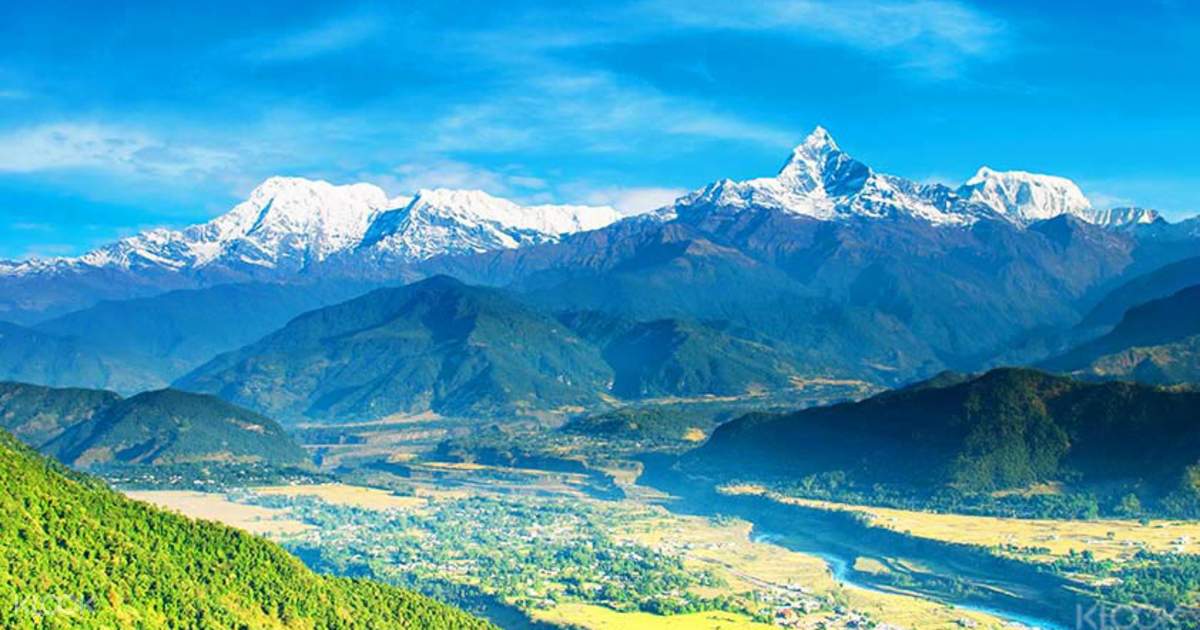
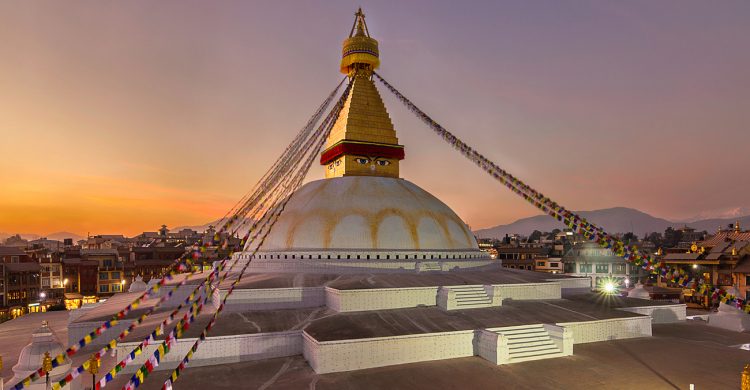
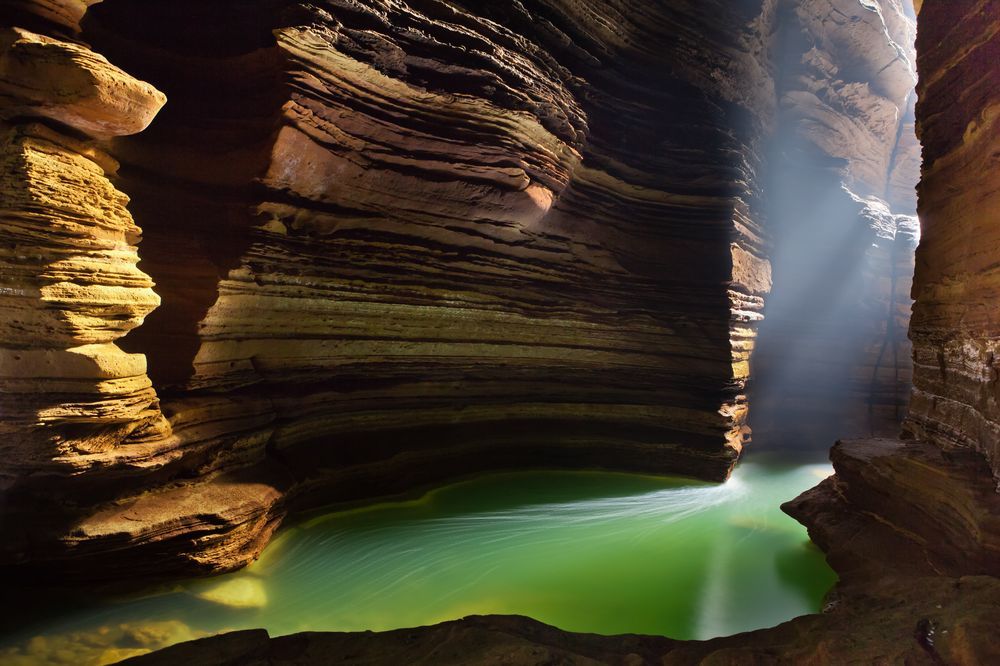

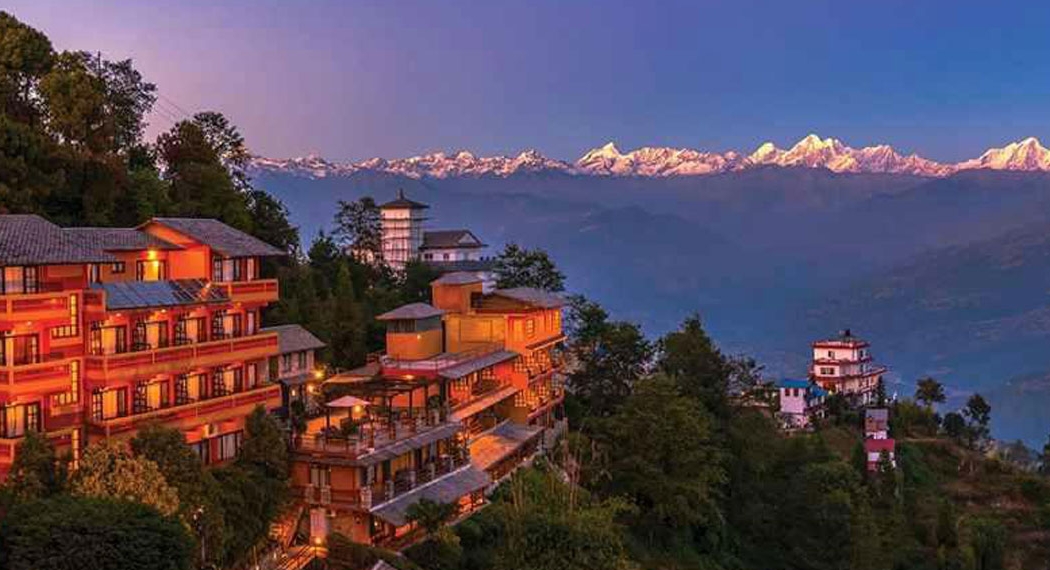
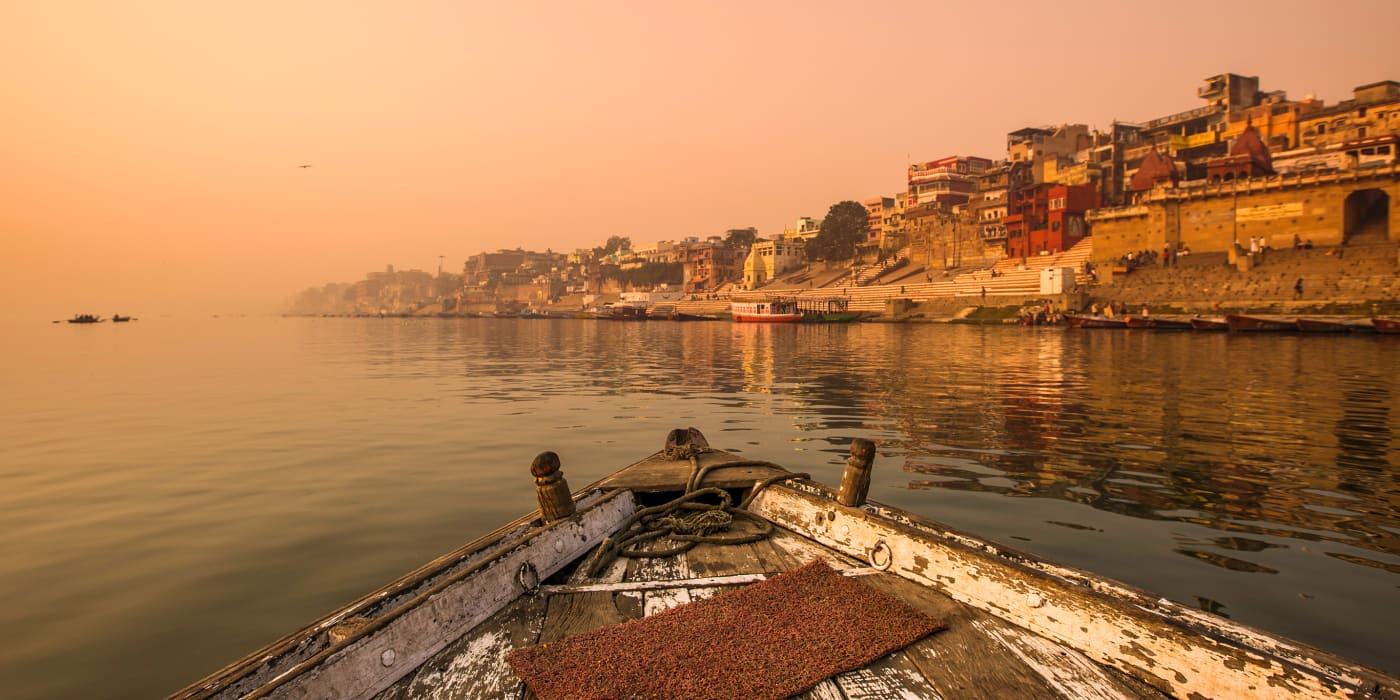
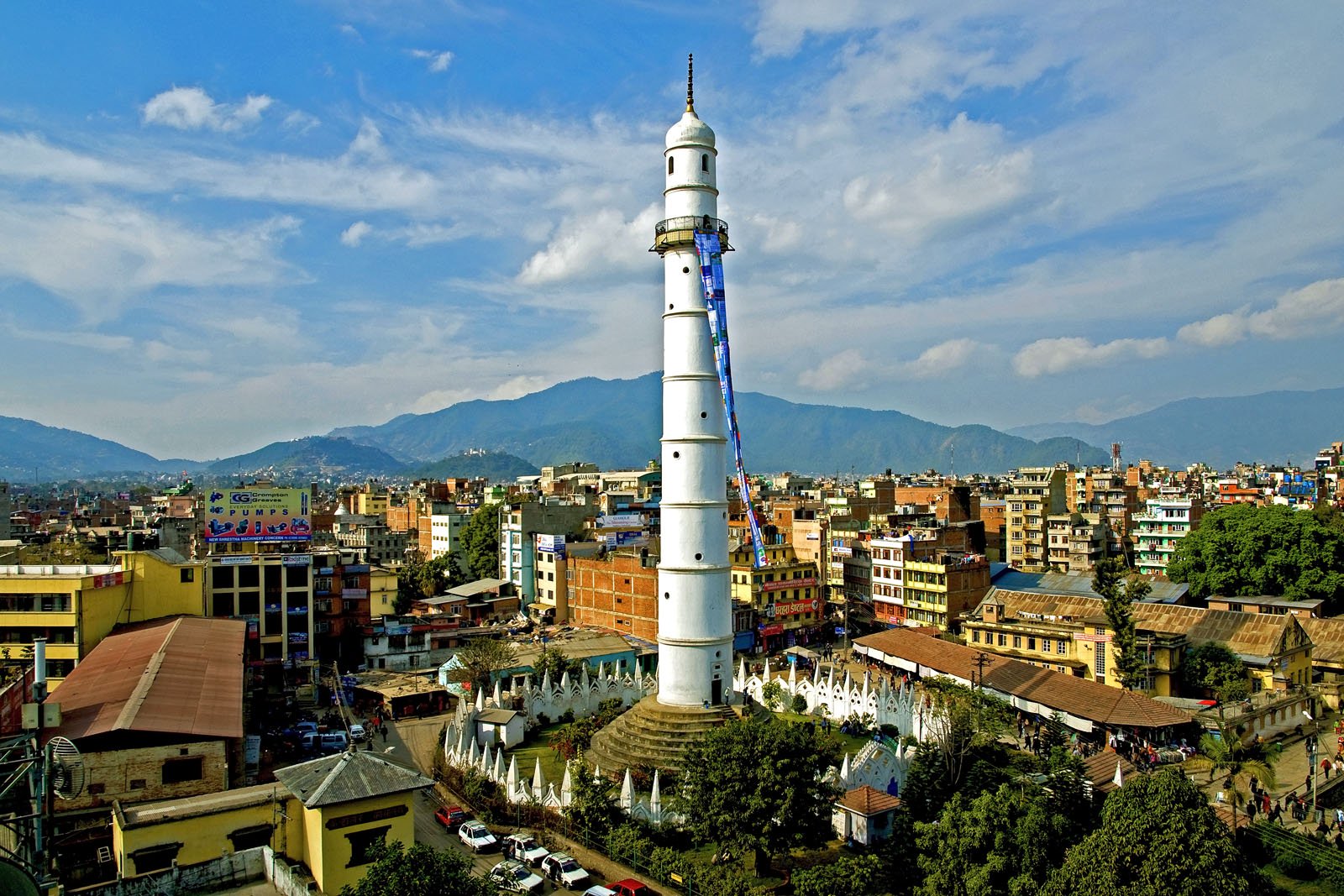
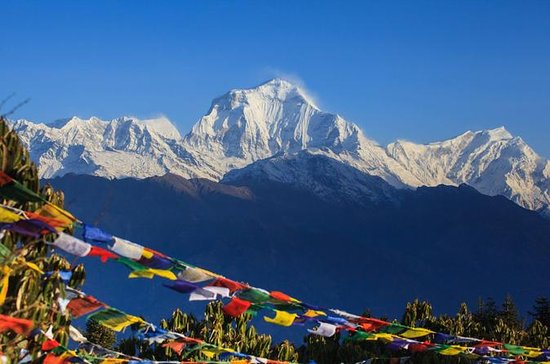
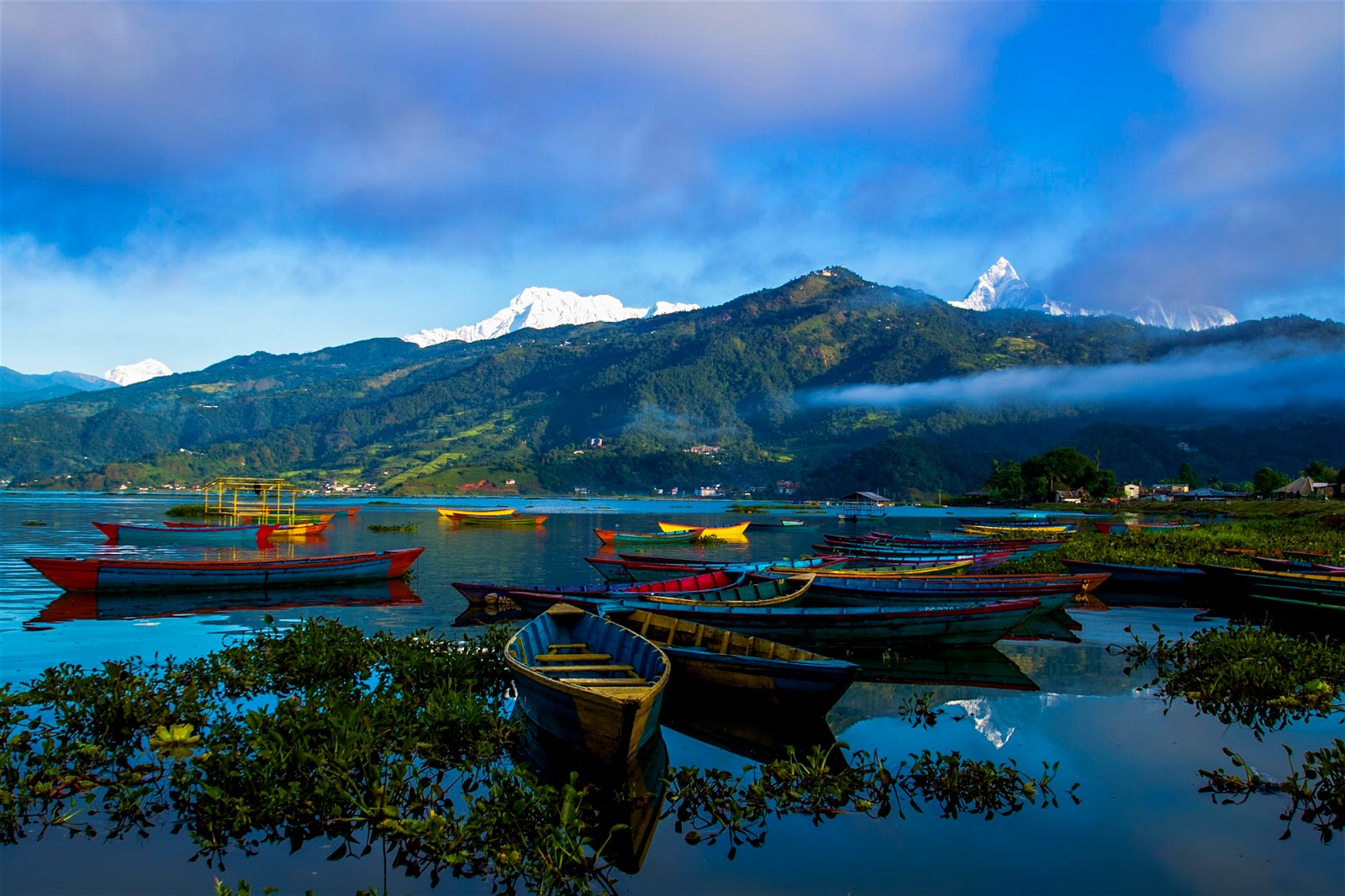
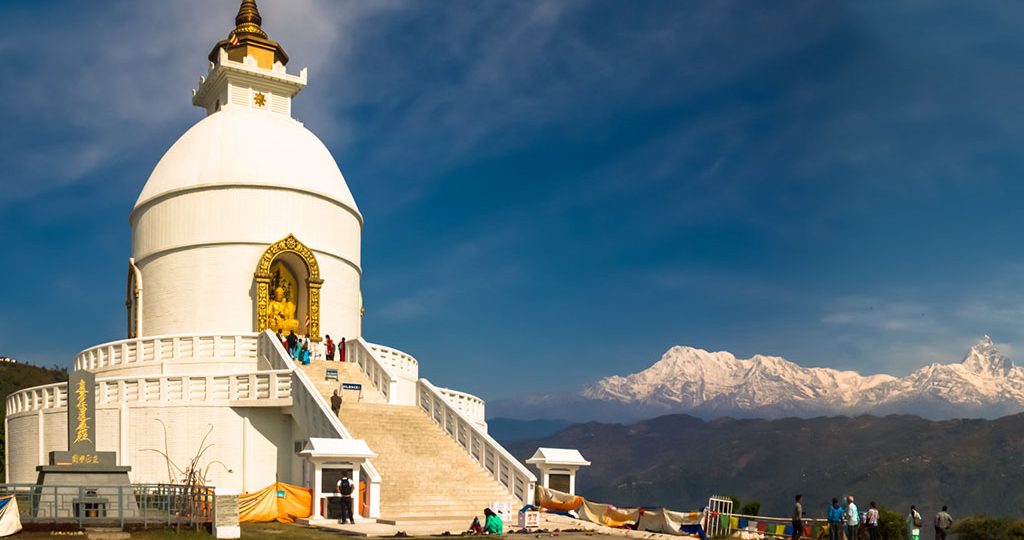
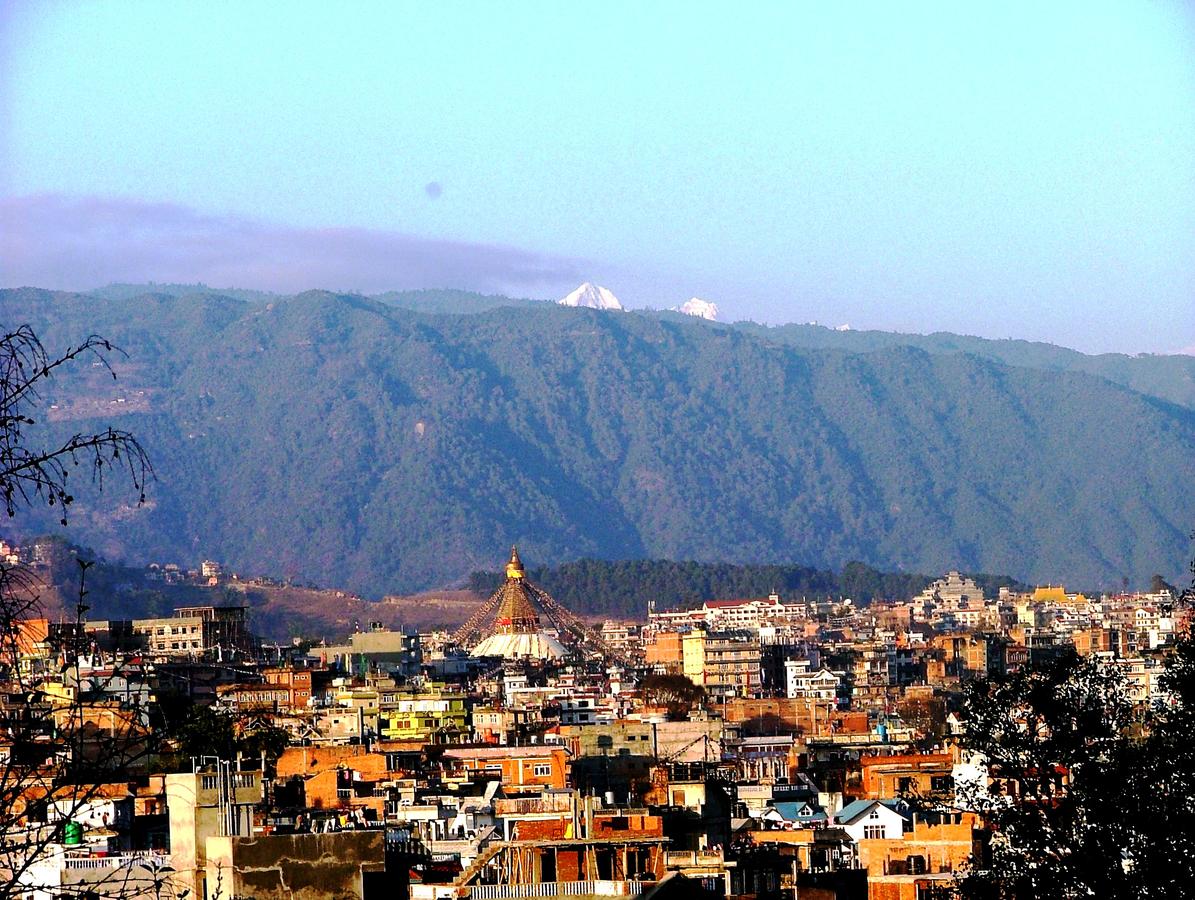
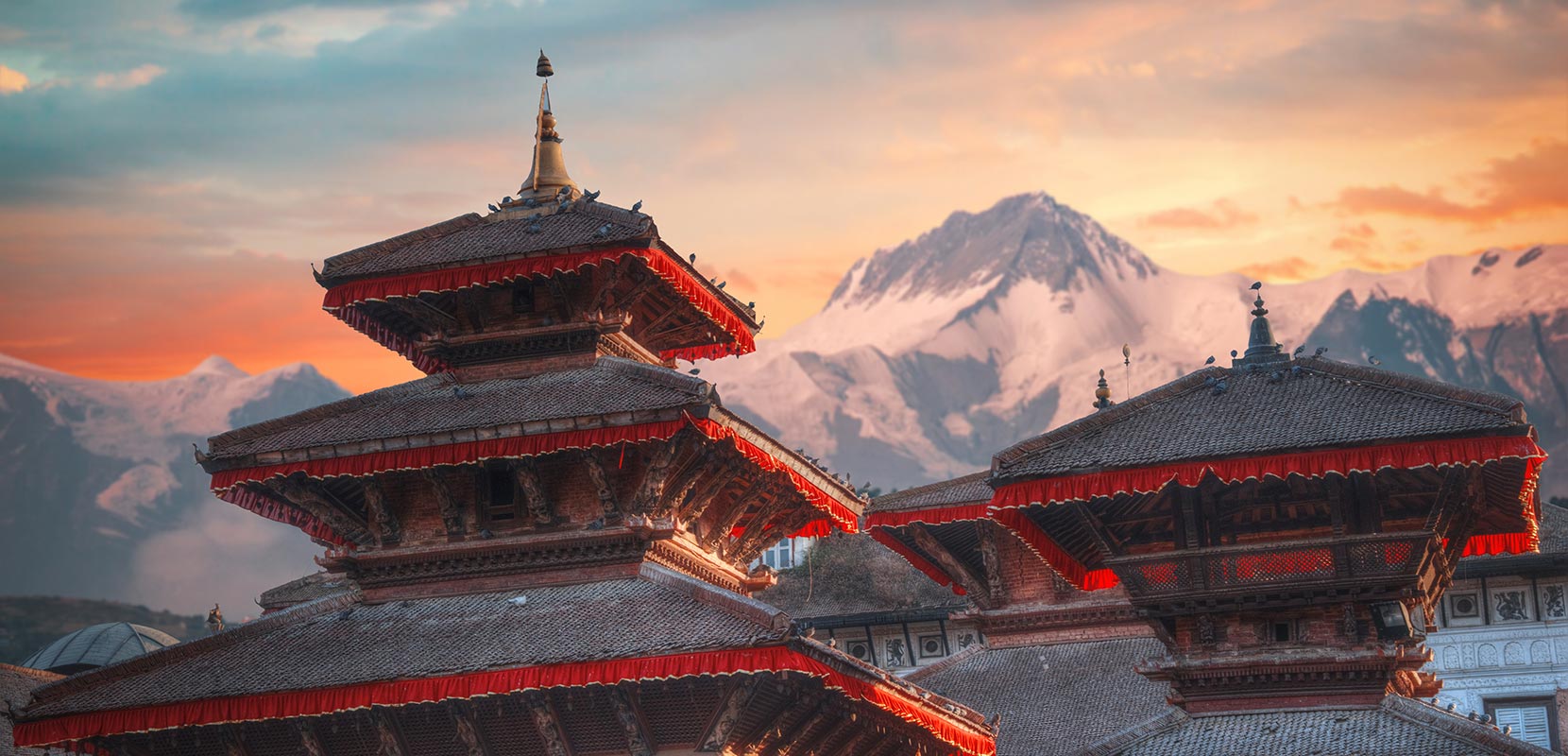
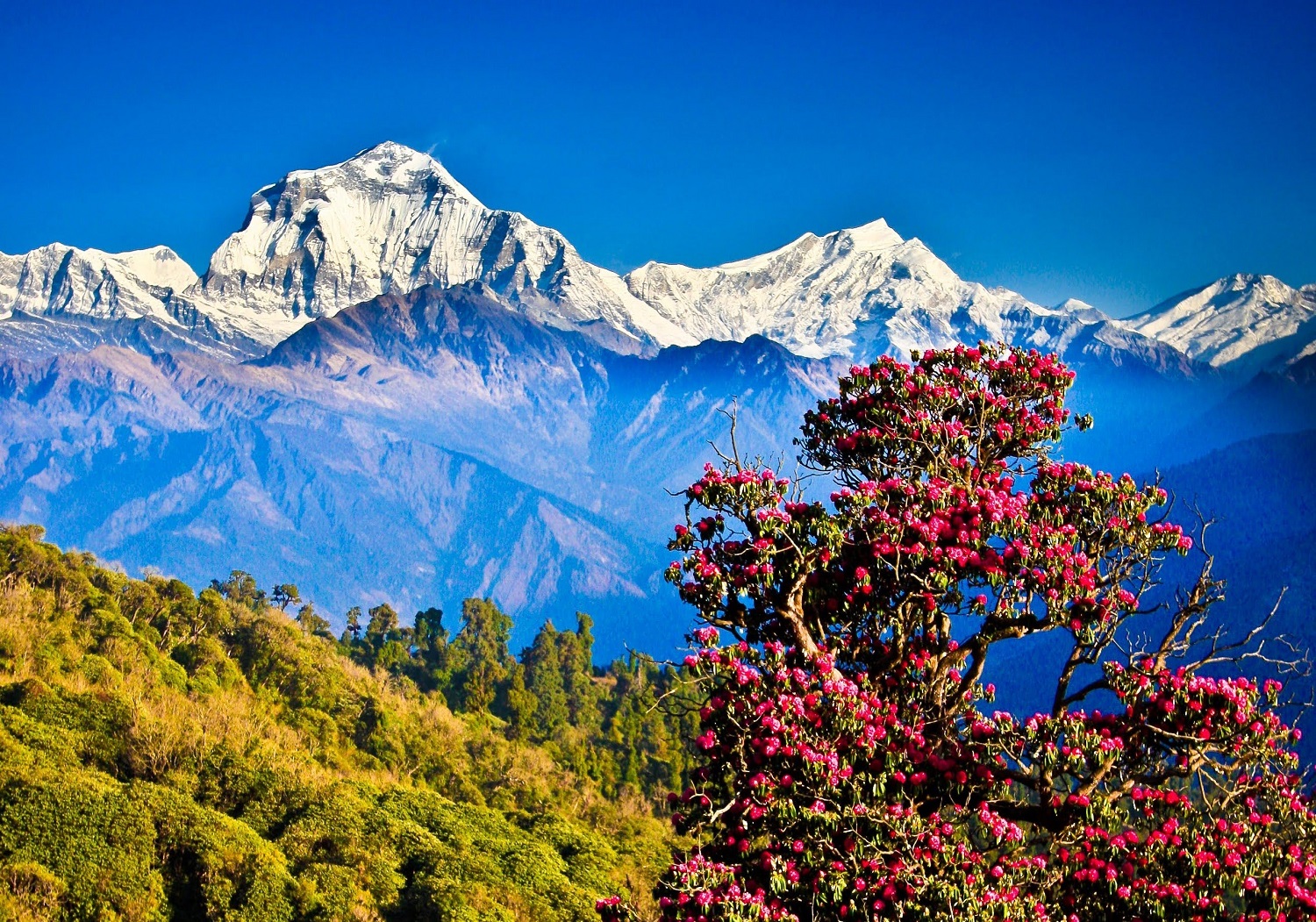
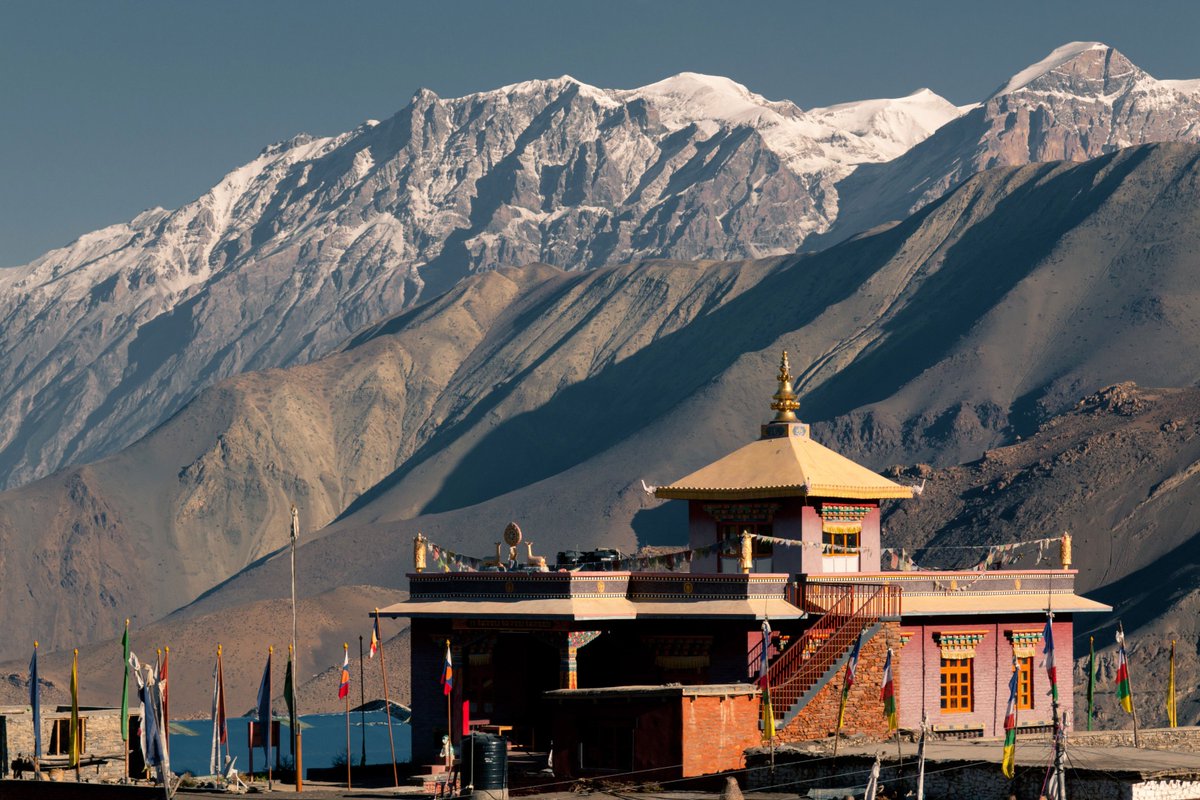
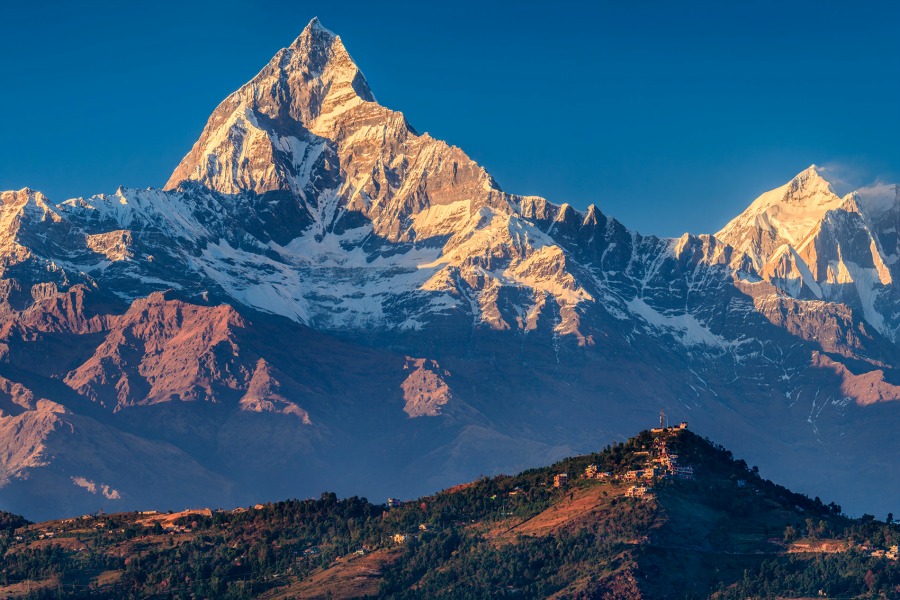
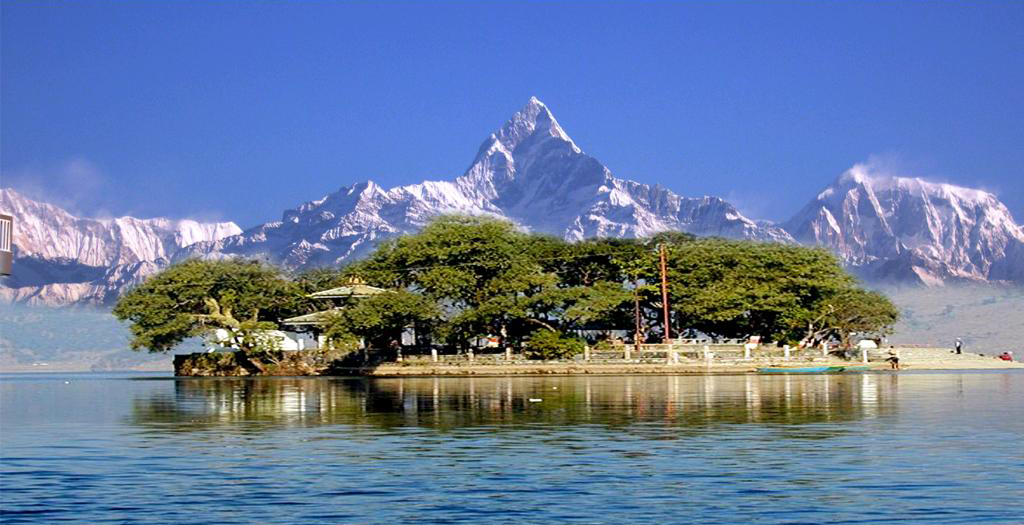
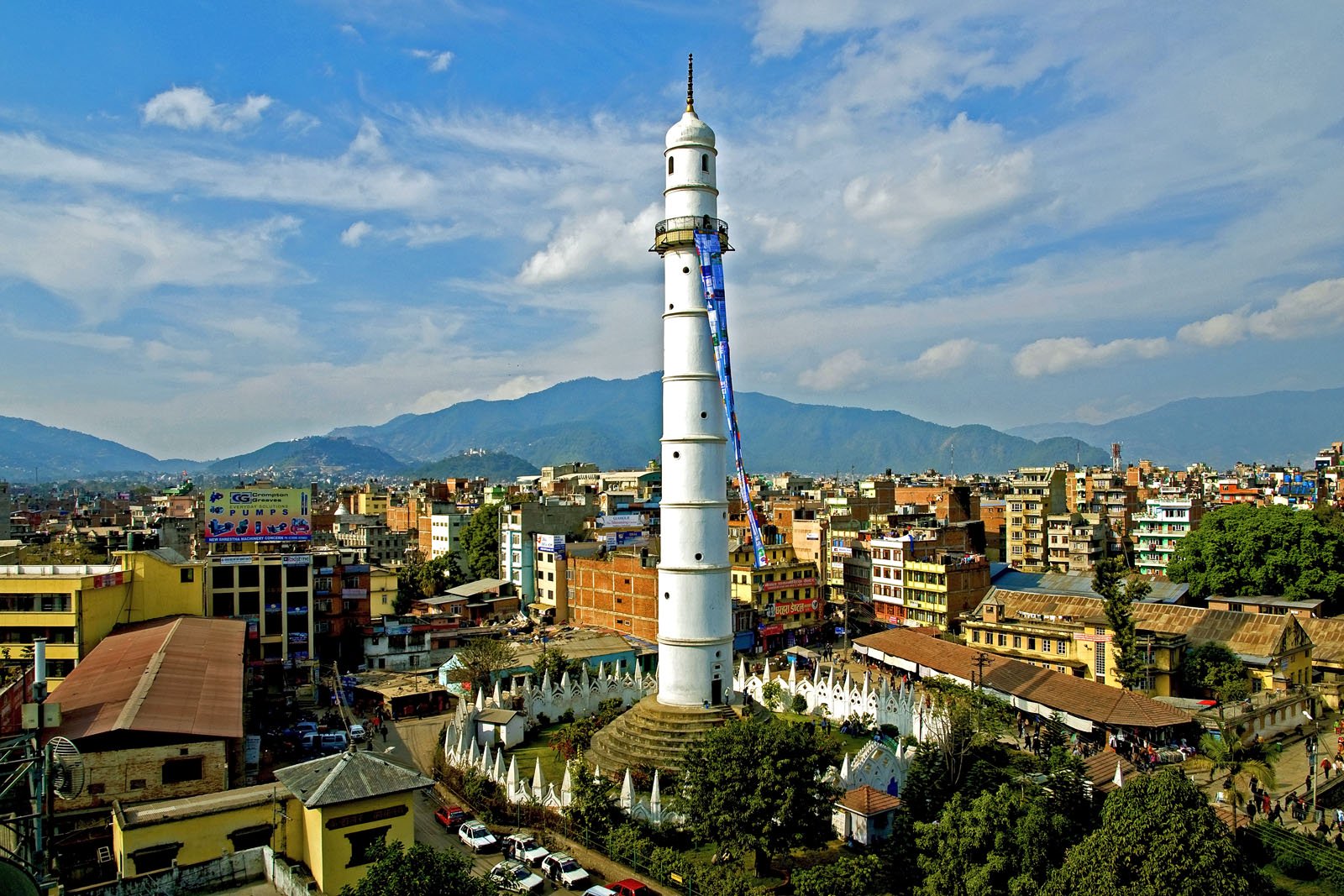
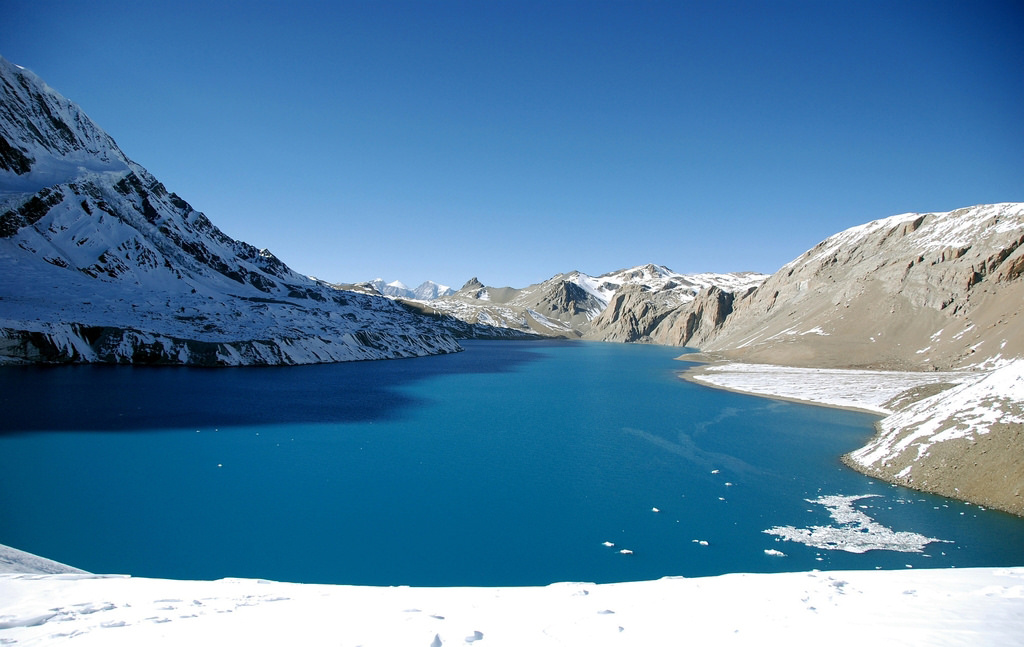

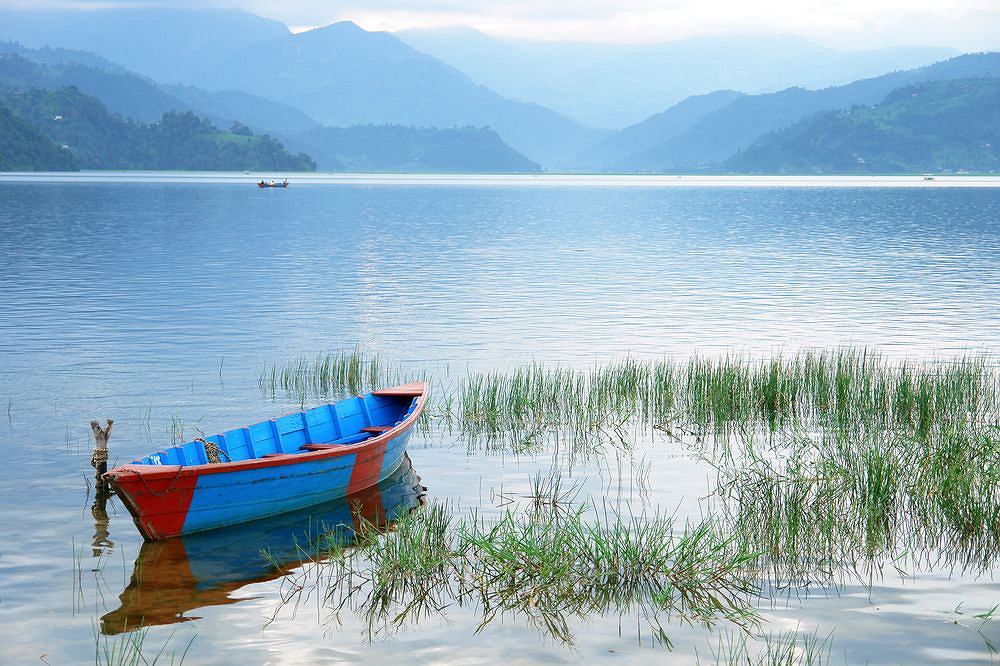
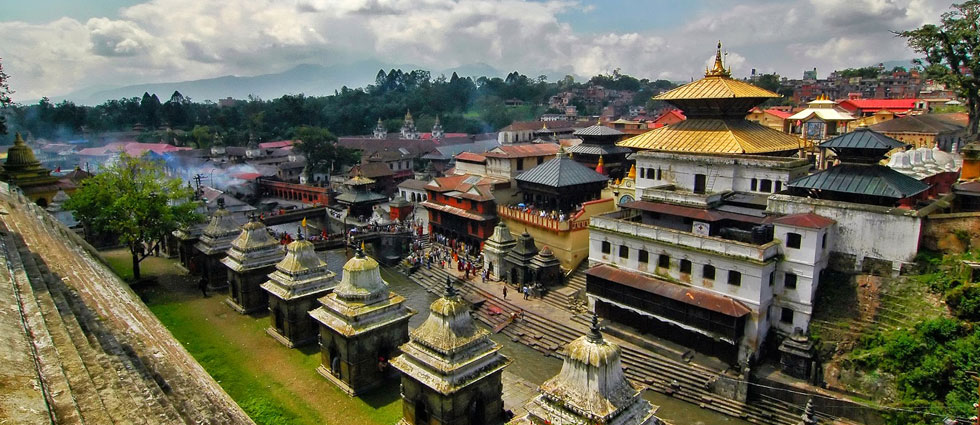
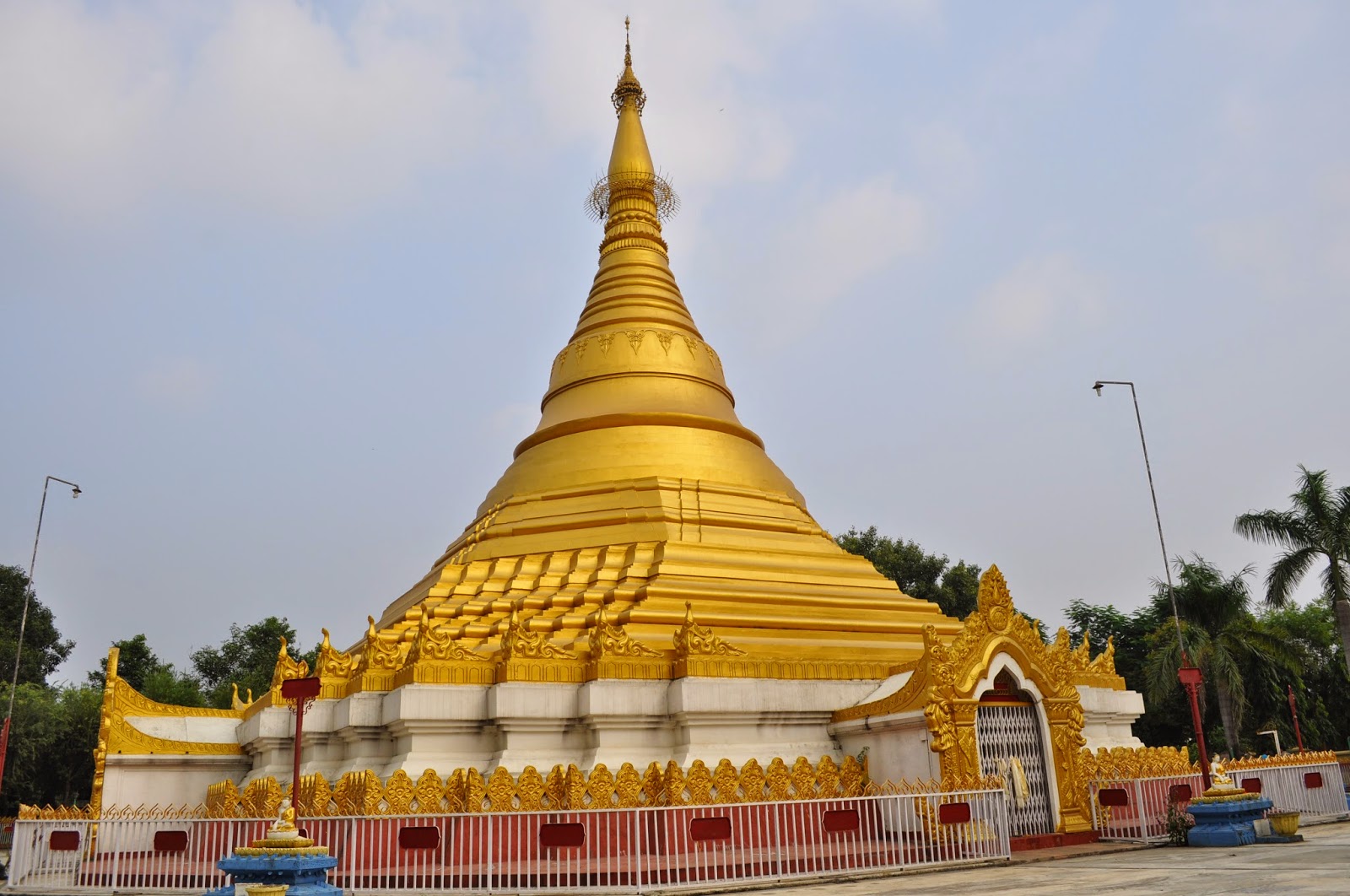
Payment Policy
Cancellation Policy
Refund Policy